Manjeera
23rd March, ON THIS DAY
Cubism is not a manner but an aesthetic, and even a state of mind; it is therefore inevitably connected with every manifestation of contemporary thought. It is possible to invent a technique or a manner independently, but one cannot invent the whole complexity of a state of mind.
–Juan Gris
Juan Gris was a Spanish painter and sculptor who played a crucial role in the development of Cubism, the art movement that changed the face of European painting and sculpture in the 20th century. Gris is hailed as one of the founding figures of Cubism, along with Pablo Picasso, Fernand Leger and Georges Braque, and made significant contributions to the avant-garde movement.
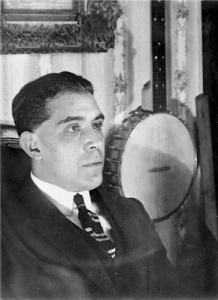
Gris was born José Victoriano González-Pérez on March 23, 1887, in Madrid, Spain. He was the thirteenth child of a prosperous family, but his upbringing was marked by tragedy as his father died when he was only seven years old.
Despite this setback, Gris showed an early aptitude for drawing and painting. He attended the Escuela de Artes y Manufacturas in Madrid, where he studied mechanical drawing. After completing his studies, he worked as a cartoonist and illustrator for various newspapers and magazines in Madrid. At this time, his drawings and sketches were marked with the curvilinear style distinctive of Art Nouveau.
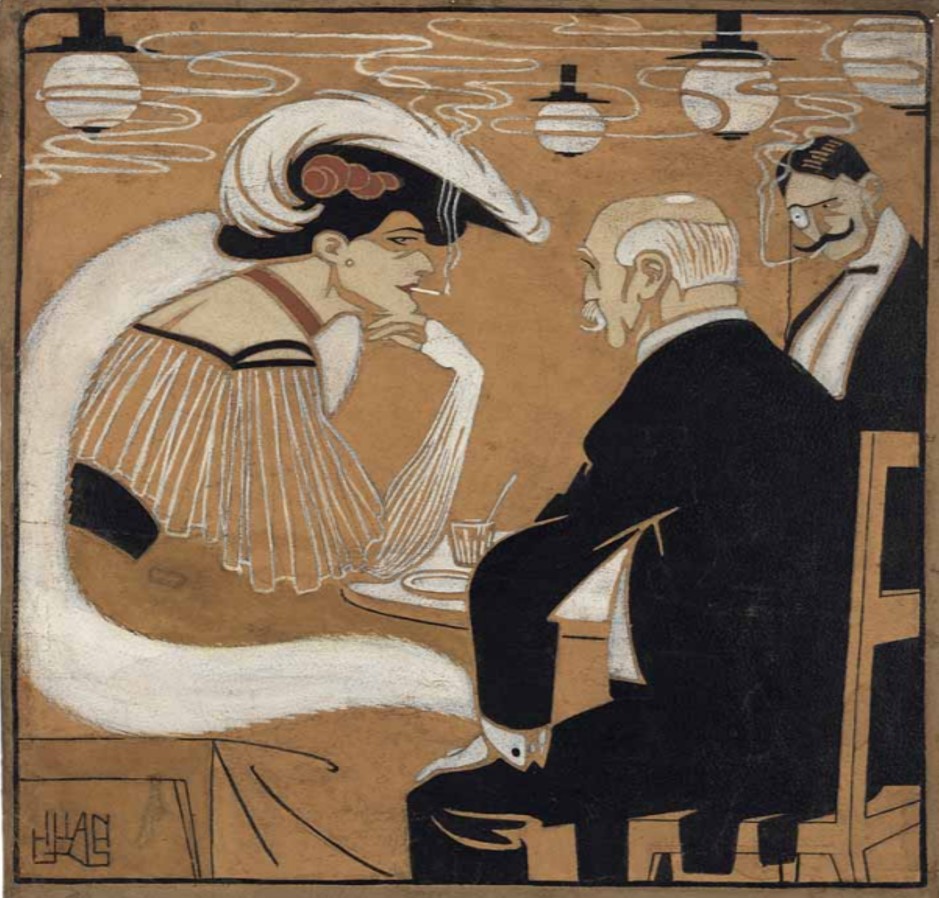
Courtesy: Wiki Commons
In 1906, Gris decided to make a very risky decision and moved to Paris, selling all his belongings. Paris breathed new inspiration in Gris’ work– this was where he was immediately drawn to the work of Pablo Picasso and Georges Braque, who were already exploring the principles of Cubism. Gris soon became a close friend of Picasso and began to experiment with the new style himself.
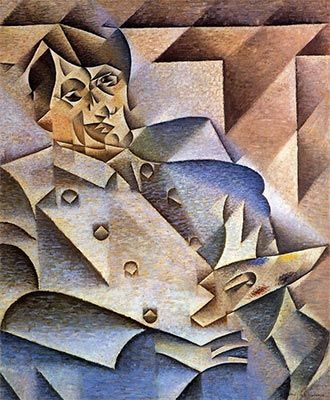
Courtesy: The Art Institute of Chicago
Like other Cubist artists, Gris rejected the traditional techniques of illusionistic painting, which sought to create the impression of three-dimensional space on a flat canvas. Instead, he broke down the elements of his subjects into geometric shapes and reassembled them in a flattened, abstracted form. This interplay of depth and resonance of space can be best seen in Still Life with Checkered Tablecloth (1915), where the artist restructures a bistro table and its various different components on the canvas. Every object on the table is made out of geometric and cubist configurations, but there is a sense of dimensionality to the work. The objects have lost their concrete form, they are not painted keeping the linear composition in mind, rather it is the traces, the deconstructed forms of the objects, ranging from a wine bottle to a cigarette, that fill the canvas.
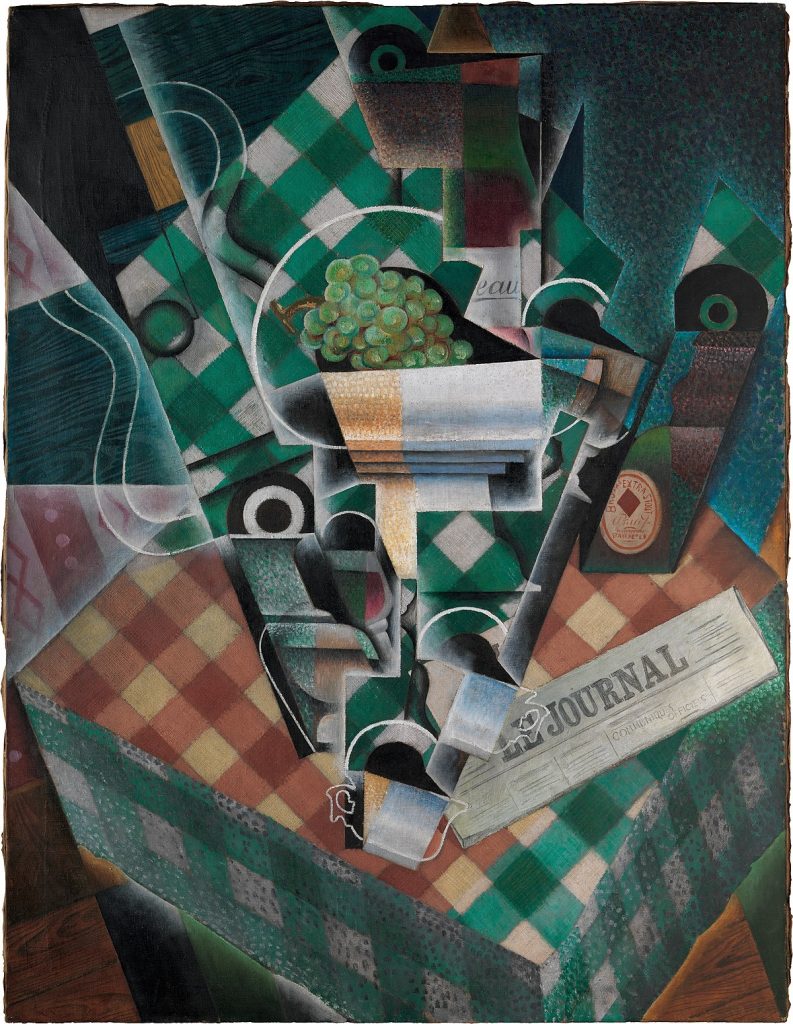
Courtesy: The Metropolitan Museum of Art
As we can see, Gris’s work was characterised by a meticulous attention to detail, which contrasted with the bold, fragmented compositions of Picasso and Braque. He was particularly interested in the interplay of light and shade, and he often used muted, monochromatic colours to create the illusion of depth and space. Another painting of Gris The Still Life with Guitar (1913), illustrates Gris’ signature experimentation with depth and cubist principles of art. This painting features a carefully arranged collection of objects, including a guitar, a bottle, a pipe, and a newspaper. The objects are rendered in a highly stylized, geometric manner, with sharp angles and flattened planes.
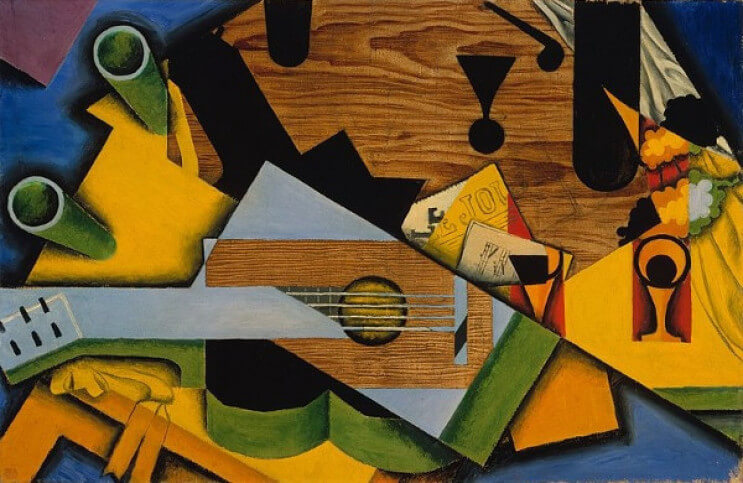
Courtesy: The Metropolitan Museum of Art
In the mid 1910s, Gris had started including the elements of collage in his paintings, using scraps of newspaper, discarded wallpapers and other materials to create texture and depth. This succeeded in creating a sense of visual and tactile interest that can be seen in the work Flowers (1914).
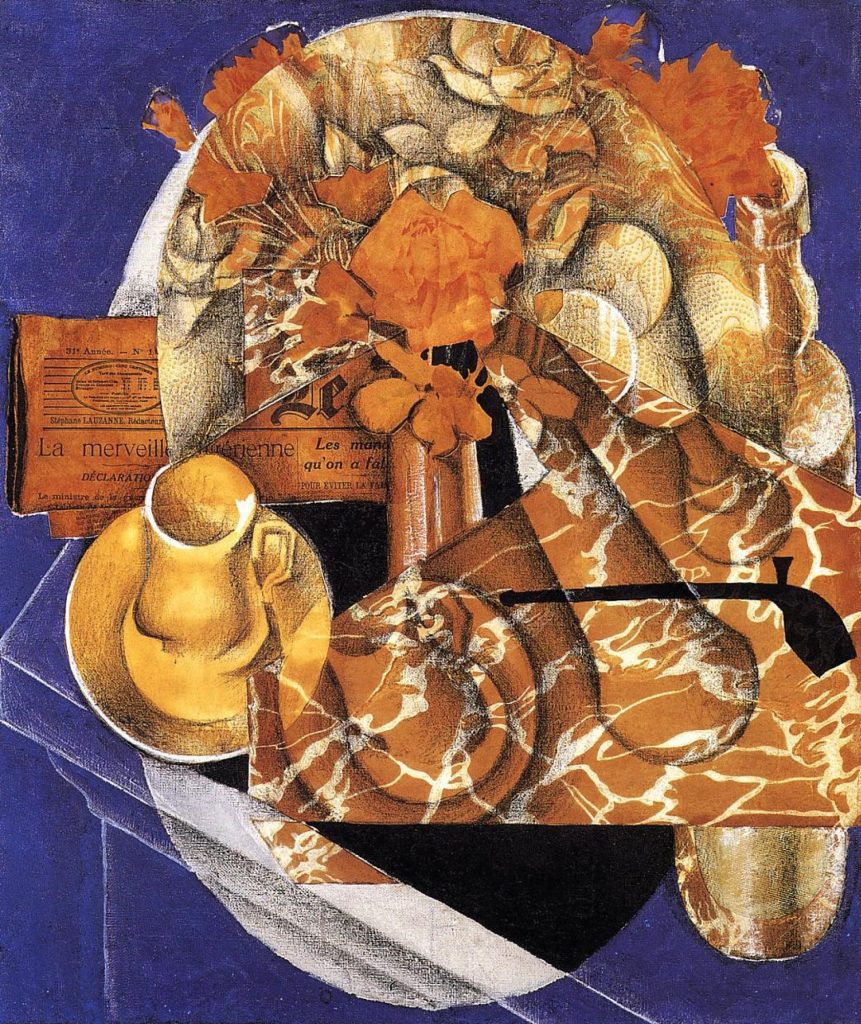
Courtesy: The Metropolitan Museum of Art
Gris is remembered for his ability to create a sense of space and depth within a flattened, abstracted composition. He was known for his versatility and his ability to work across multiple mediums, creating a diverse body of work that reflected his ongoing exploration of Cubist principles. Gris continued to develop his style throughout his career, and he produced a wide range of works, including paintings, sculptures, and prints. He was highly respected by his fellow artists and collectors, and he exhibited his work widely throughout Europe and the United States. Tragically, Gris’s career was cut short by his early death from kidney failure in 1927, at the age of just 40.




